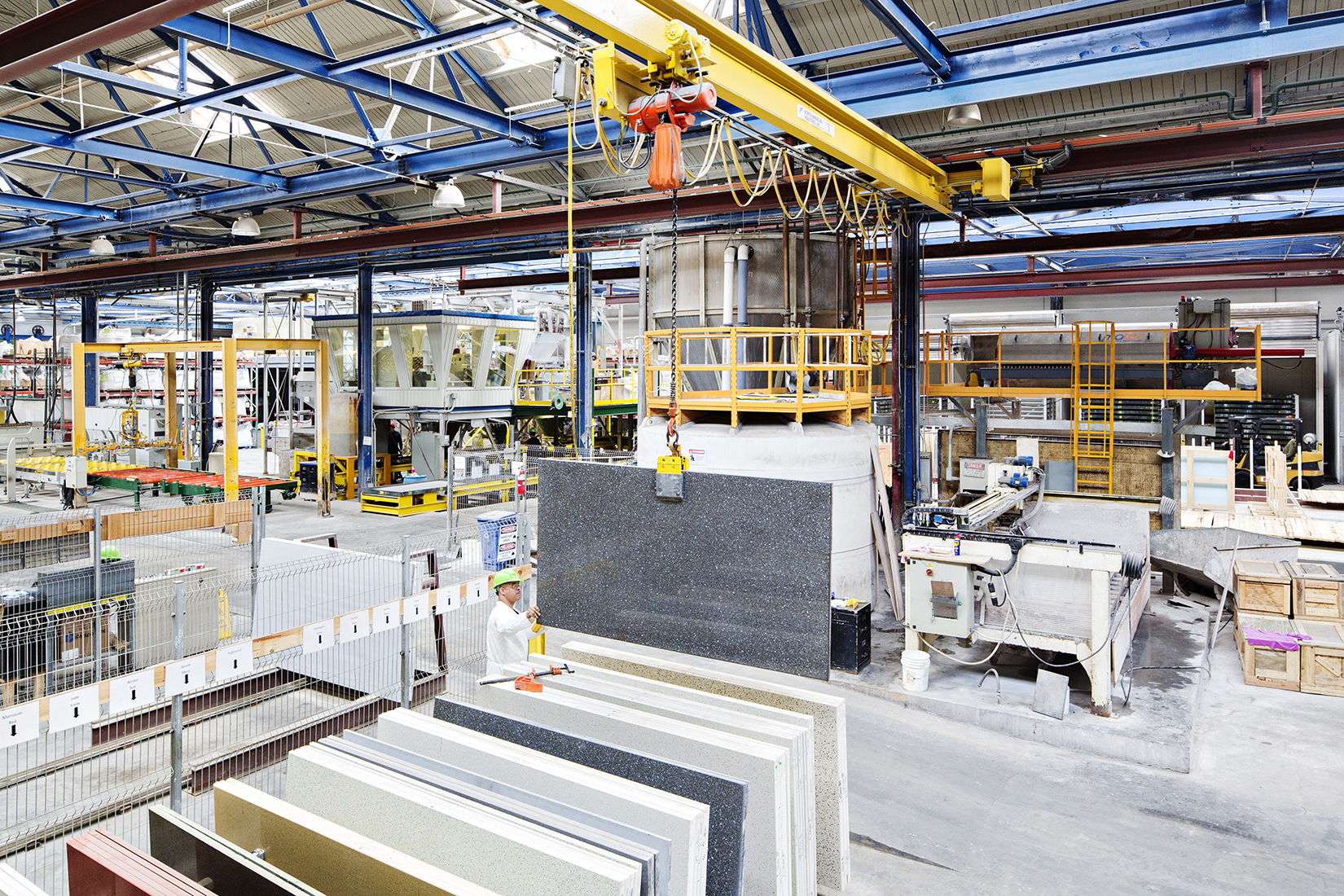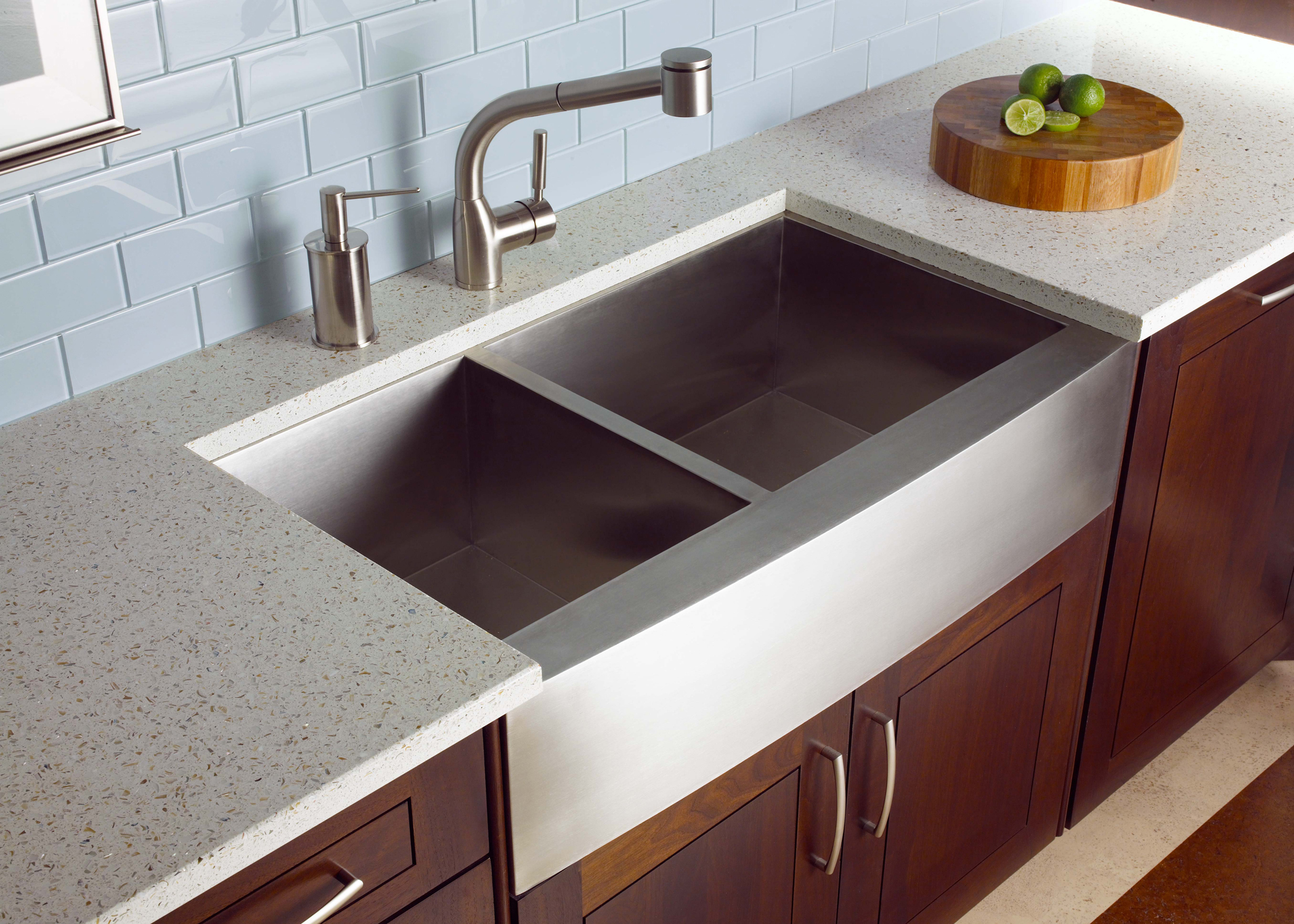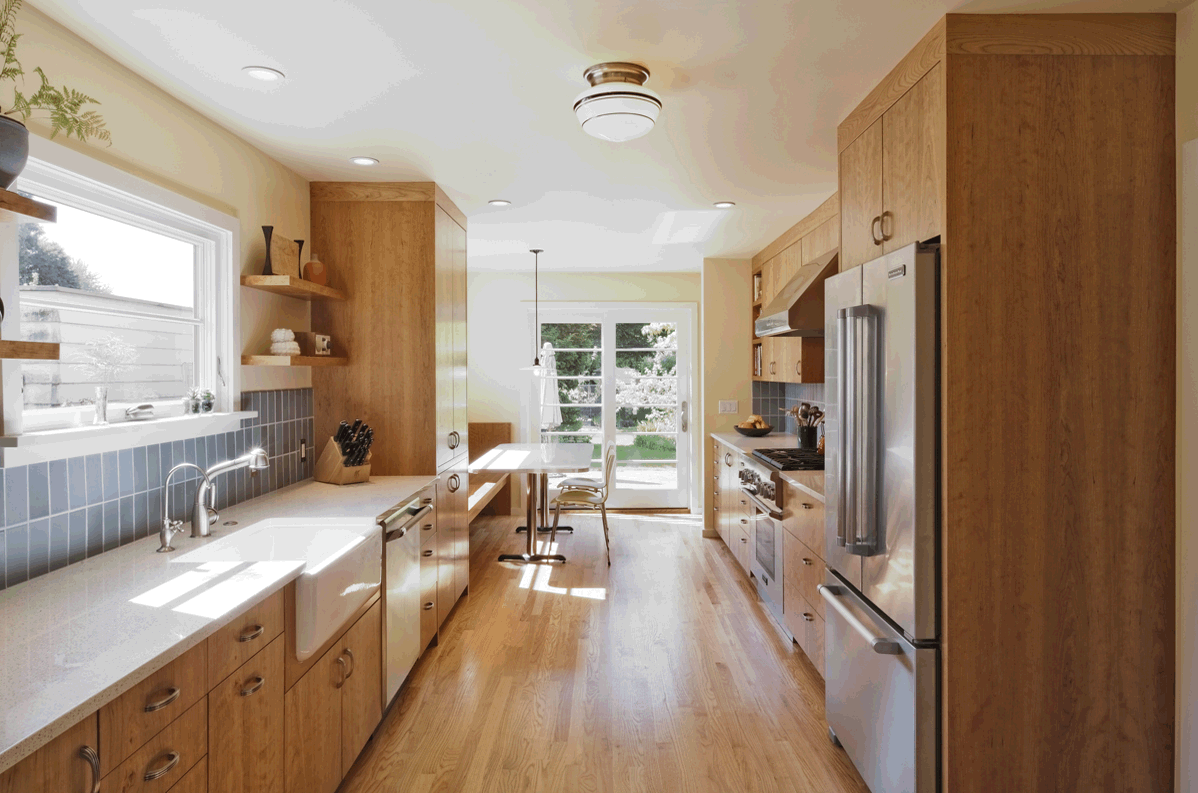Traditionally the interior design profession has concerned itself with a one-dimensional practice, to provide aesthetic enhancements to an interior space for a client. However, in recent years interior design practice has seen a dramatic shift with design strategies that now focus on providing healthy and sustainable environments for individuals to live, work and play, as argued in (Science Direct).
One company that has spotted the trend of a more sustainably aware and demanding demographic, is Ice Stone USA. In understanding the interest for environmental responsibility, which has sparked the context and need for environmentally sustainable interior design (ESID), Ice Stone has been propelled forward, becoming a premier manufacturer and distributer of countertop surfaces and much more. I spoke to Ashon McCollin, Marketing Manager for Ice Stone, to find out more about the company.
Q: How did the idea for IceStone originate? And how does sustainability fit into the equation?
AM: There was a company that developed a terrazzo-style material made from recycled glass and cement, but it never went out into the market. Co-founders, Peter Strugatz and Miranda Magagnani, purchased the company at an auction and changed the name to IceStone. With capital from angel investors including Dal Lamagna (Tweezerman), Ben Cohen (Ben & Jerry’s), Greg Steltenpohl (Odwalla), IceStone was formed.
Sustainability was always a high priority from the beginning. The co-founders wanted to create a business that integrated sustainable practices not just in the product but also in the production process. IceStone is made of 100% pre-consumer recycled glass; the recycled glass makes up 75% of IceStone. The other ingredients are cement, and non-toxic pigment. To date, we have diverted 16 million pounds of glass from landfills.
In terms of production and factory sustainability, our factory has skylights to take advantage of using natural sunlight to work; our forklifts that we get from forklift hire manchester are electric/hybrid; we use a lot of water in our production so we have a recycling water system that re-uses 90% of the water; we use steam powered kilns to cure our slabs, we even have a steam stove in our kitchen. All of our office desktops and tabletops are IceStone. We are aiming to get to point where we are 100% sustainable in all aspects.

In the Photo: Ice Stone warehouse Photo Credit: Ice Stone
Q: How does IceStone adhere to its values and mission while also stay staying competitive? Is there a unique business model that you use?
AM: IceStone was created to bring something unique and beautifully designed while maintaining its commitment to the environment. There is a market for that and it’s growing everyday. For some people, IceStone’s complete interior design and colors are what captures them and the sustainable factor is the icing on the cake, and for others, it may be the other way around where IceStone’s sustainability captures them, and the design is the icing on the cake. Even though there is a wide array of competition in the countertop marketplace, IceStone has a uniqueness that is unparalleled.
A few years ago we decided to become distributors of other surfaces and expand our selection of countertops. We are the northeast distributors for like-minded sustainable surfaces: PaperStone (recycled paper), Durat (recycled plastic), and QuartzStone (reclaimed quartz). It’s unique in the fact that you won’t find many manufacturers that are also distributors.
We are a founding B Corporation member and we operate under a triple bottom line which is: People, Planet, & Profit. All employees own a percentage of the company and earn living wages immediately upon hire.

In the Photo: Snow-flurry counter Photo Credit: Ice Stone
Q: What are the challenges for sustainability in your industry? How does IceStone overcome them?
AM: As more people become knowledgeable of sustainability and want to play a role in it in some way, I think the demand for sustainable products will continue to increase therefore increasing the need for recycling technology, which may lead to price increases for recycled items. Currently we have very few options for recycled glass and I expect that market will expand and give us further options.
Q: What are some of the criteria or things IceStone looks for when sourcing its materials?
AM: We make sure our glass is up to our high standards, which means it shouldn’t contain any contaminants, and the size and quality is correct (we receive our glass already crushed with smooth edges). We make sure our materials don’t contain petrochemicals, or VOC’s (Volatile Organic Chemicals). It’s a rigorous process to receive certifications of sustainability so we have to be thorough in the materials we use and our production practices. It’s not an easy task to be Cradle to Cradle Certified and NSF certified like IceStone is.
Related article: “AGRILUTION: VERTICAL FARMS RIGHT IN YOUR KITCHEN” by Alessandro du Besse
Q: What do you think is the future of sustainability, particularly relating to this industry?
I think sustainability will continue to grow in the years to come. Not just with businesses, but also with individuals. Homeowners are becoming more environmentally conscious and feel a great sense of accomplishment when purchasing an IceStone surface. There are an increasing amount of commercial buildings that want to be more environmentally friendly and businesses realize that being sustainable is also very cost effective. It’s a win-win, you’re saving the planet, and cutting down costs.

In the Photo: Plain-Fancy sink from Ice Stone Photo Credit: Ice Stone
EDITORS NOTE: The opinions discussed here by Impakter.com columnists are their own, not those of Impakter.com







